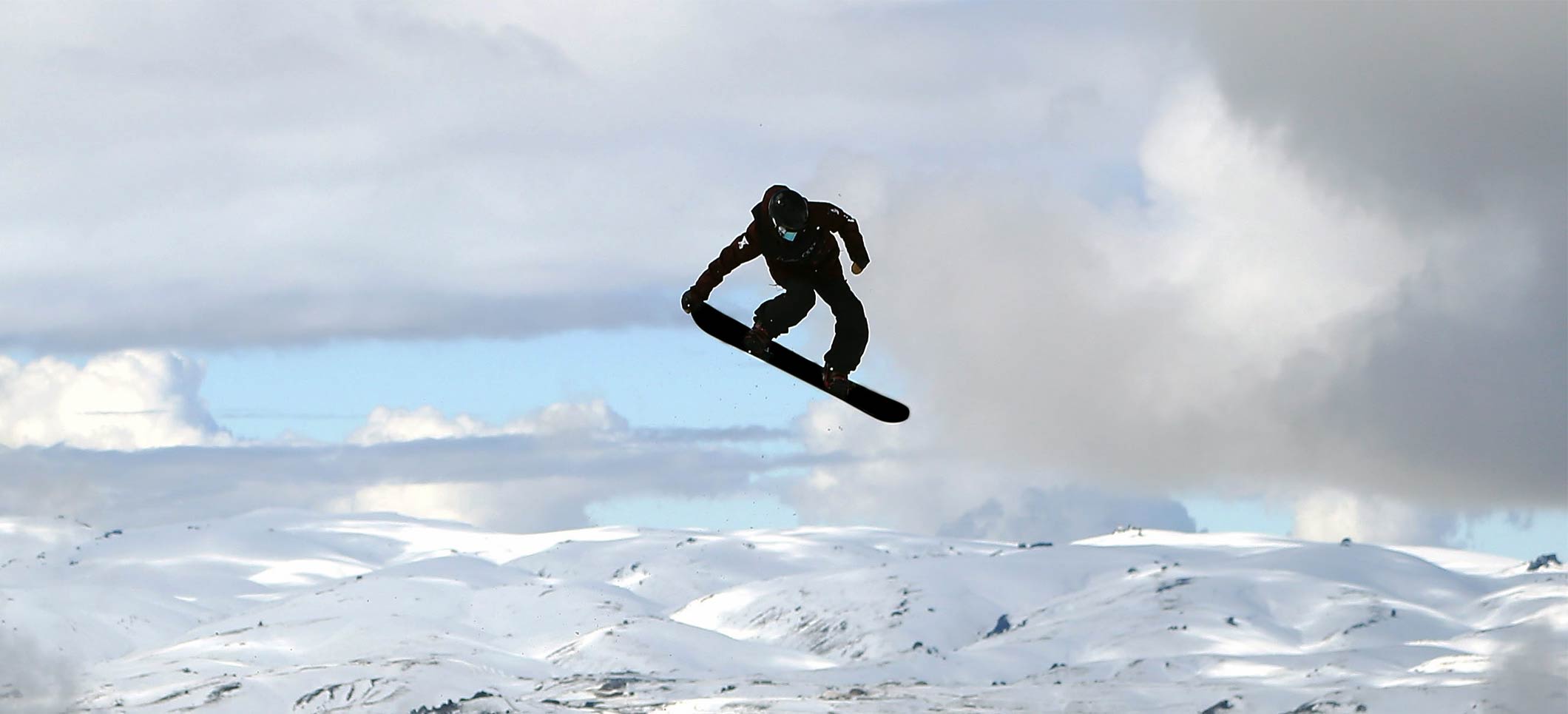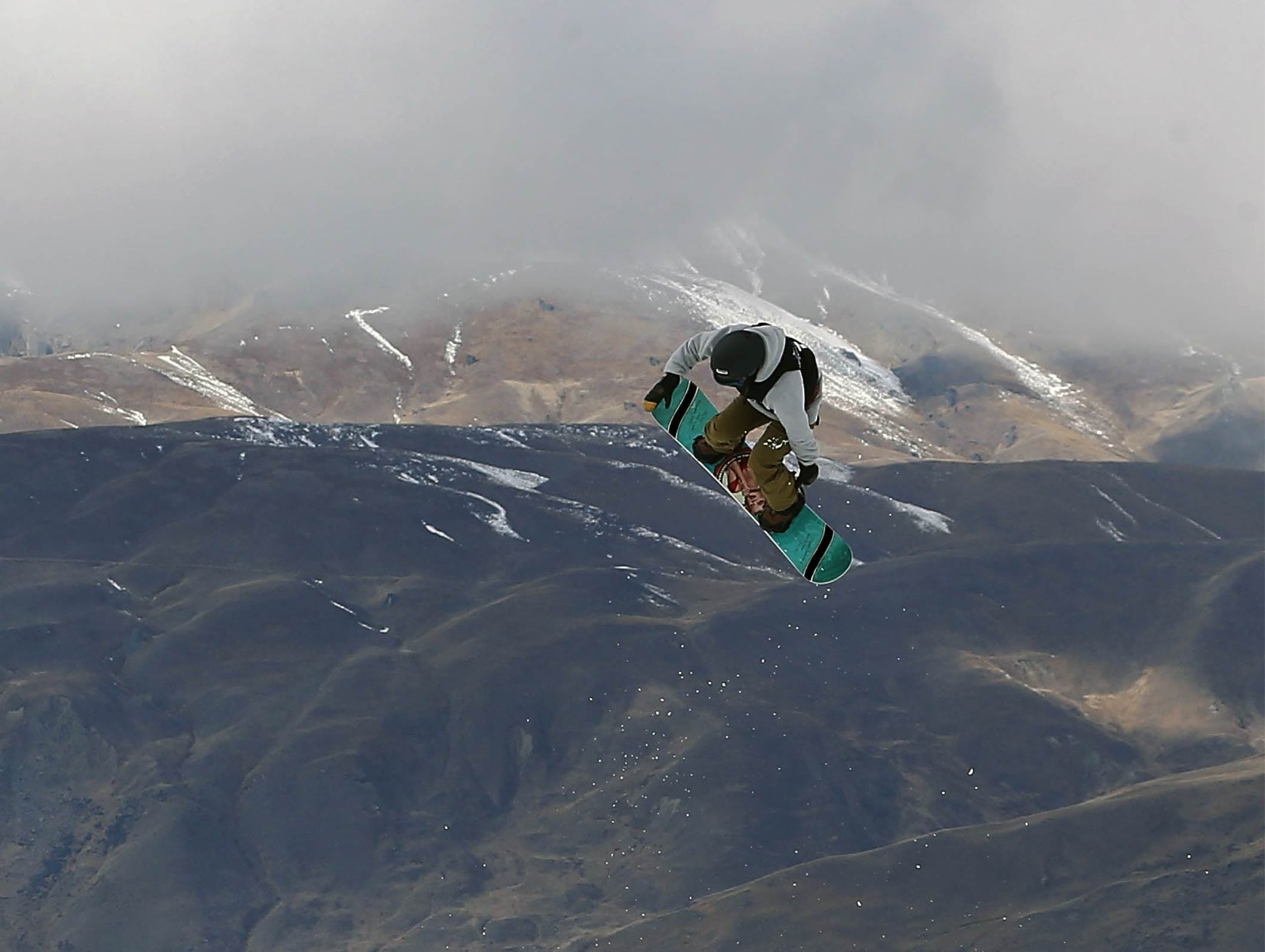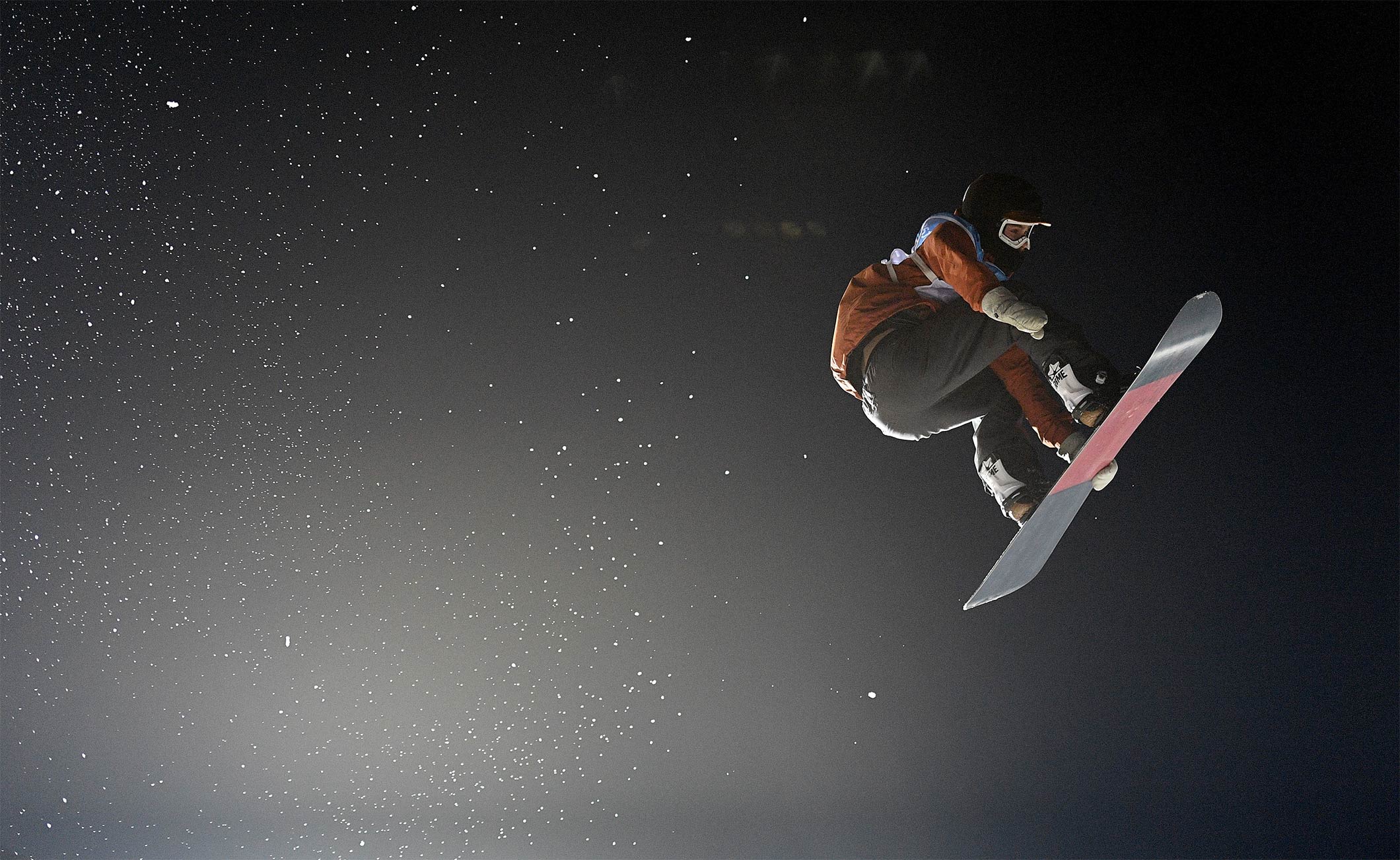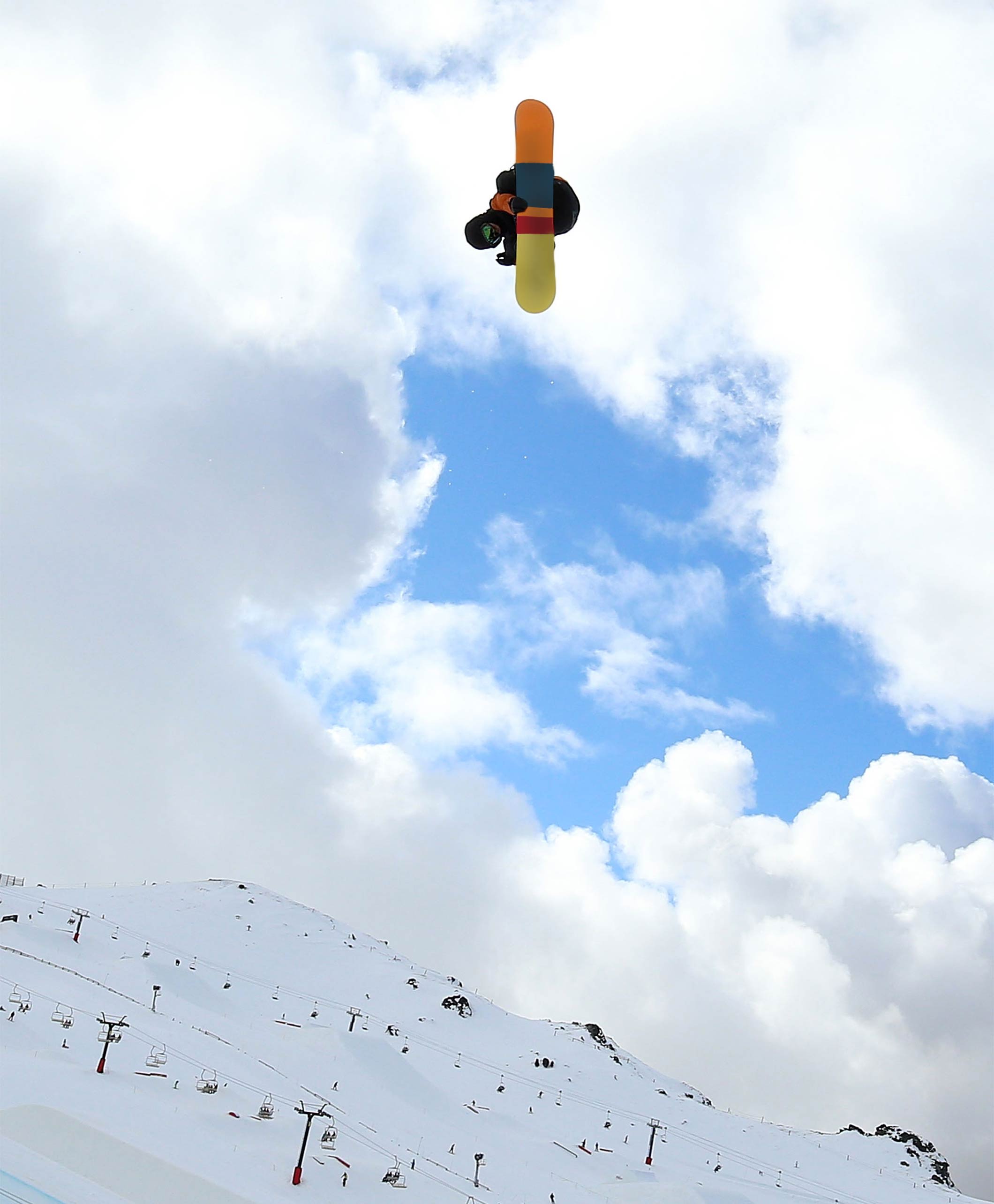Big Air at the Olympic Games: an airborne celebration!
Set off down a long ramp with a slope of 40°; take off to get as high and far as possible; produce some incredible moves in the air; amaze the public and impress the judges with new tricks; and constantly push the envelope in terms of what is possible… snowboard big air is joining the Olympic programme for PyeongChang 2018!

What is snowboard big air?
Whereas in slopestyle the freestylers compete on a course composed of various features, and perform their amazing tricks on the three jumps placed along the course, in big air they jump only once (but have three attempts), after setting off down a giant launch ramp. As a result, they fly much higher and further, which allows them to perform multiple rotations and different flips and grabs.
Six judges award marks for height, difficulty, style and landing quality. It is not unusual to see a competitor repeat the same trick. For each run, the highest and lowest scores are discounted, in order to obtain an average. The final result is decided by adding the best two scores together.
A big air ramp can be built anywhere, particularly in cities, in an urban environment, and produce some spectacular competitions. The ramp consists of an in-run, which ends with a table (a snow ramp), with a kicker ramp on top. The riders pick up the speed they think they'll need on the ramp, take off at the edge of the kicker ramp and aim to make a clean landing on the slope below.
Snowboard Big Air international competitions began in the 1990s, including at the Winter X-Games. The discipline made its debut at the FIS World Championships in 2003 in Kreischberg (Austria), with only men competing. Women had to wait until the World Championships in 2015, in the same location. The first Big Air World Cup came during the 2010-2011 season.

The IOC includes big air on the Olympic programme
On 8 June 2015, the IOC Executive Board decided on the programme for the Winter Games PyeongChang 2018, with the inclusion of four new events: mixed doubles in curling, a mixed team event in Alpine skiing, speed skating mass start and snowboard Big Air. For the last of these, in agreement with the International Ski Federation (FIS), the IOC decided to withdraw the men's and women's snowboard parallel slalom to make room for Big Air on the programme. These changes reflect the constant evolution of the Winter Games programme, and were based on the success of recent editions of the Games. They are also in line with the reforms introduced in the framework of Olympic Agenda 2020, which are intended to make the Olympic Games programme more flexible.
"We want to show all aspects of snowboarding to people all over the world, so this is perfect," argues Sweden's Niklas Mattsson. "It's really cool; it's a big step forward for women's snowboard. We do only one trick, unlike slopestyle, and I think that will push the level up really high," adds Austria's Anna Gasser.

Rendezvous in PyeongChang for Gasser and McMorris
The first woman to land a cab double cork 900, Anna Gasser dominated the pre-Olympic competition held in Alpensia on 26 November 2016 on the tallest ramp in the world, at 49 metres. This led to some amazing performances in both the men's and women's competitions!
"The ramp was really cool, everything worked out great. The speed was easy and the snow was really nice. I hope I can perform as well as I did at the PyeongChang Olympic Games," said Gasser, who went on to become world champion on 17 March in Sierra Nevada, scoring a perfect 100 on her third run!
Among the men, Canada's Mark McMorris (Sochi 2014 slopestyle bronze medallist) won at Alpensia with a perfect frontside triple cork 1440, a jump consisting of four full rotations and three dips. "It was a big mental thing to overcome that, and being on first place is icing on the cake... I'm excited for PyeongChang Olympics. This site has treated me well," he explained.
The overlap between slopestyle and Big Air is considerable. Many riders are equally good in both disciplines. So at the Games, the teams will not be any larger, and the snowboard freestylers can try their luck in both competitions. The American 2014 male and female Olympic slopestyle champions, Sage Kotsenburg and Jamie Anderson, who are equally talented in Big Air, and Norway's Ståle Sandbech, the runner-up to Kotsenburg in Sochi and the 2017 world champion in this discipline, could well do just that!
